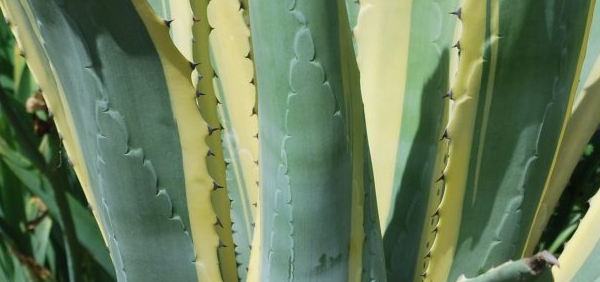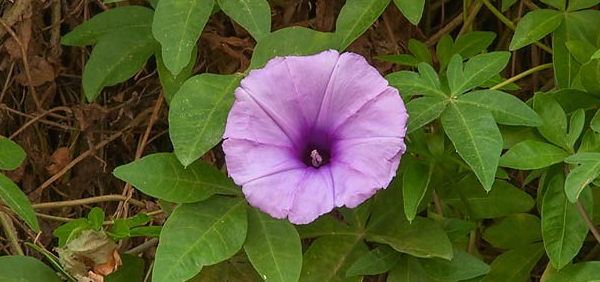kumbhika :

Phytochemistry:
Plant yields steroid, triterpenoid, phenol, flavonoid, tannin, alkaloid, glycoside, and saponin.- Study on leaves yielded alkanes, flavonoids and sterols.
- Study isolated for the first time: stigmasta-4,22-dien-3-one, stigmasterol, stigmasteryl stearate and palmitic acid.
- Yields large amounts of two di-C-glycosylflavones of vicenin and lucenin; lesser amounts of anthocyanin cyanidin-3-glucoside and a luteolin-7-glycoside, and traces of mono-C-glycosylflavones, vitexin, and orientin.
- Yields 1% ash, chiefly potassium chloride and sulfate.
- Leaves contain stinging crystals of calcium oxalate.
- High potash content.
- Contains salts of potassium, sodium, magnesium, and lime: also, iron, aluminum, and silicic acid.
- Leaves are rich in vitamin A, C and also vitamin B.
PHARMACOLOGY:
Important formulations1. Chandhanadi taila
2. Balaswagandhadi tails
3. Jalakumbhibhasma prayoga
4. Vari parni
- » Classification and names of kumbhika
- » Synonyms and definitions of kumbhika
- » Drug Properties of kumbhika
- » Chemical Constituents of kumbhika
- » Standardization of kumbhika
- » Parts used and Dosage of kumbhika
- » Morphology and Histology of kumbhika
- » Distribution and Conservation of kumbhika
- » Cultivation of kumbhika
- » kumbhika in the market
- » Medicinal Uses of kumbhika
- » Researches and clinical trails of kumbhika
- » kumbhika in other sytems of medicine
- » Ayurvedic formulations with kumbhika
- » Images of kumbhika













